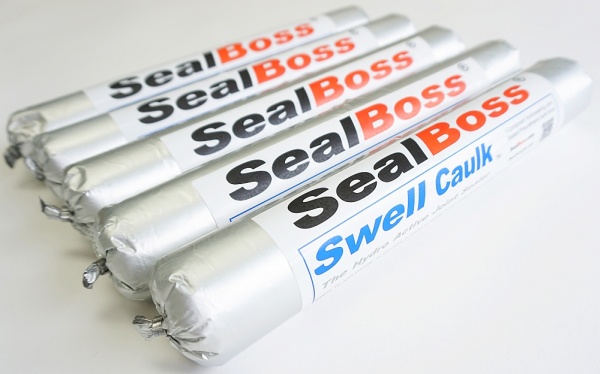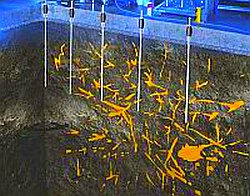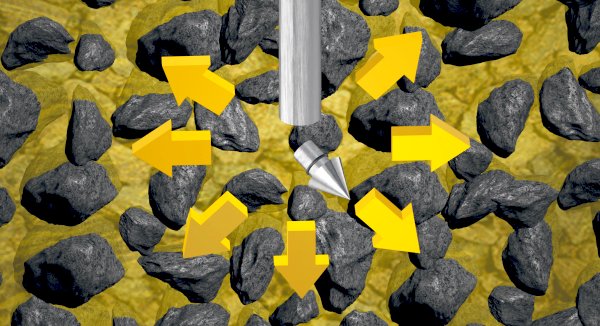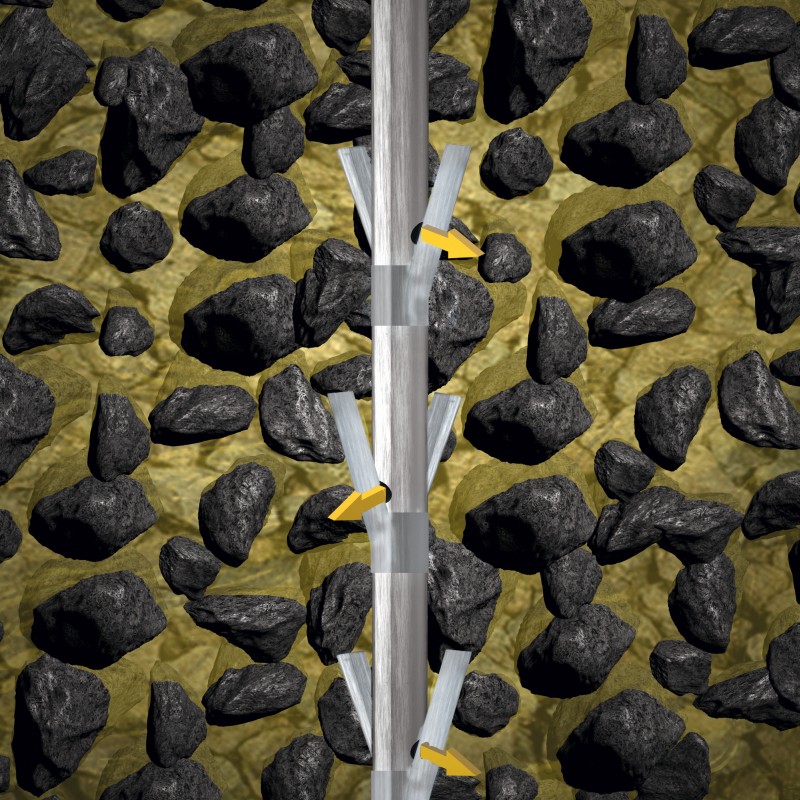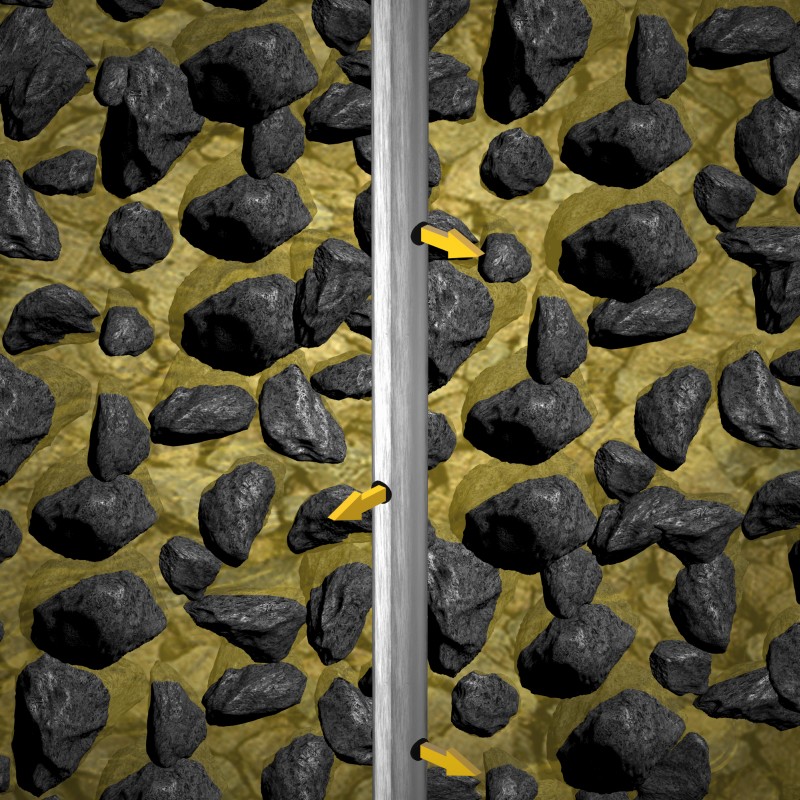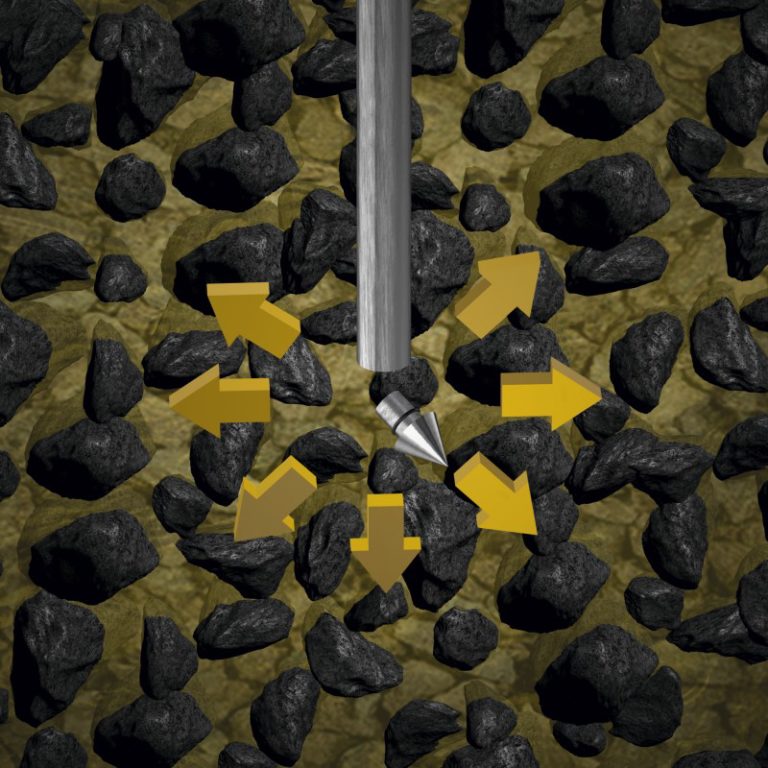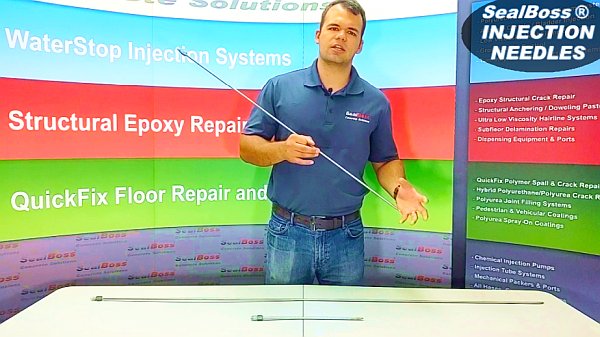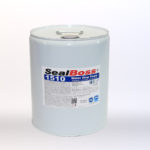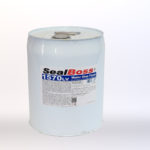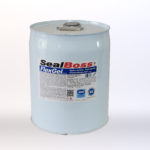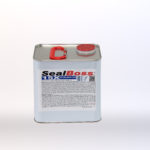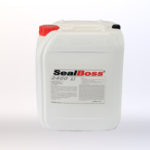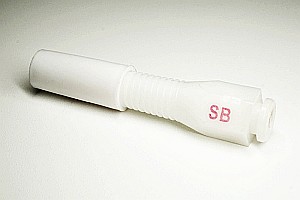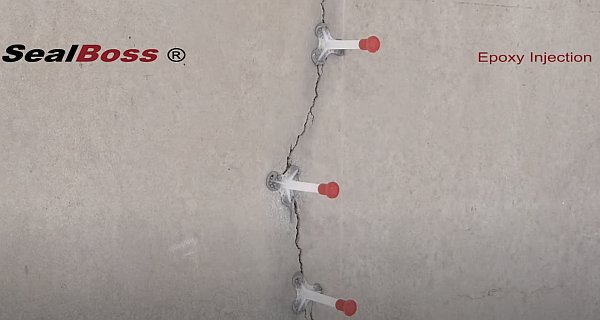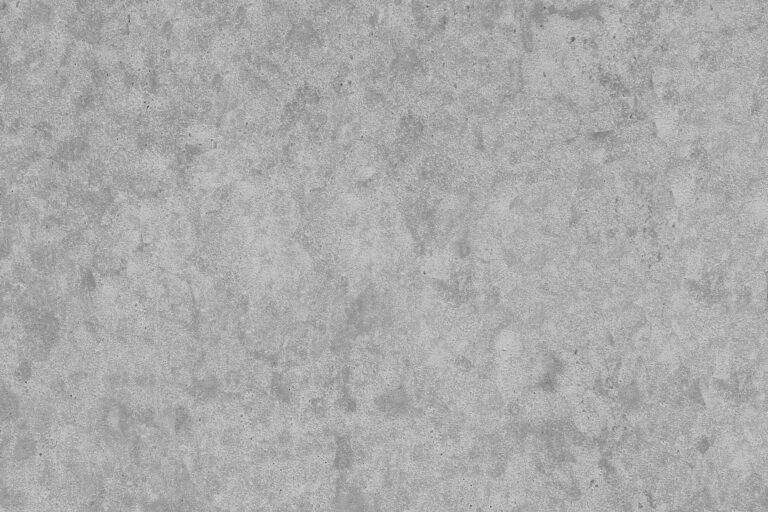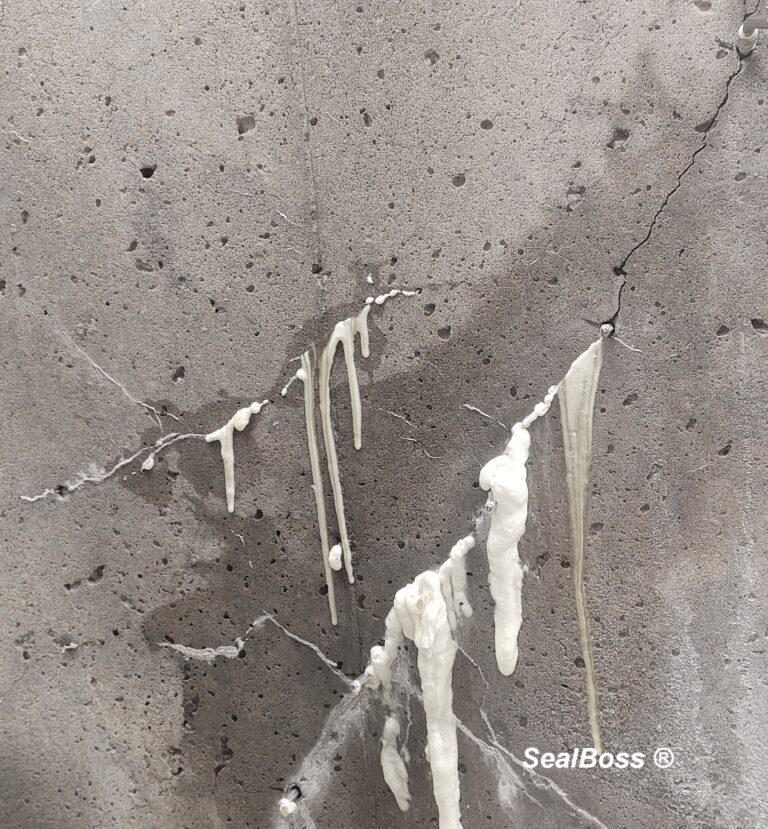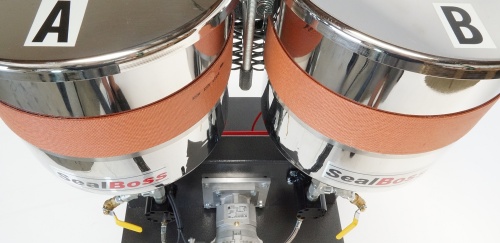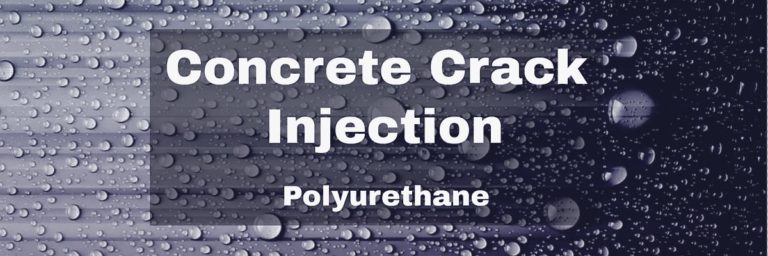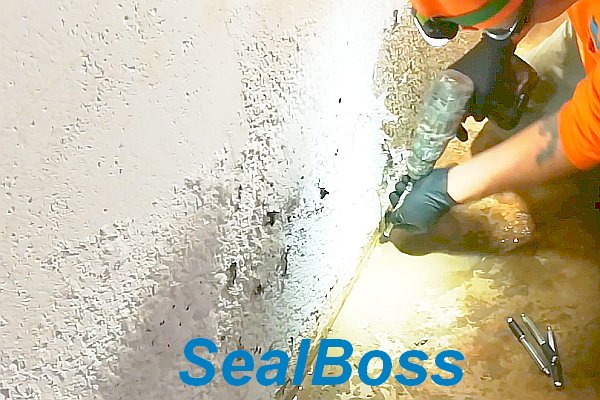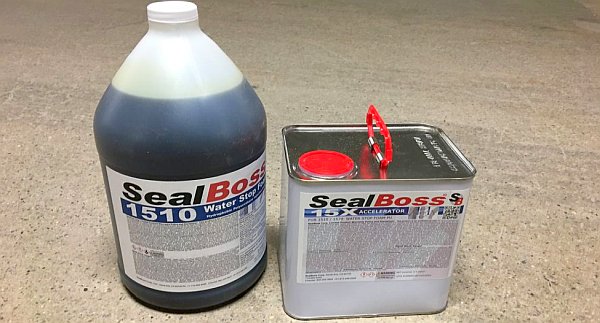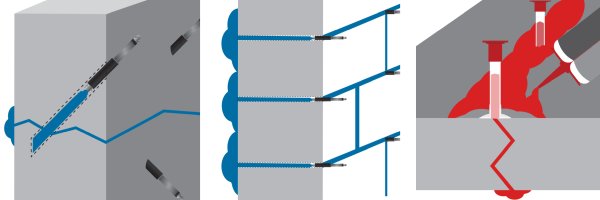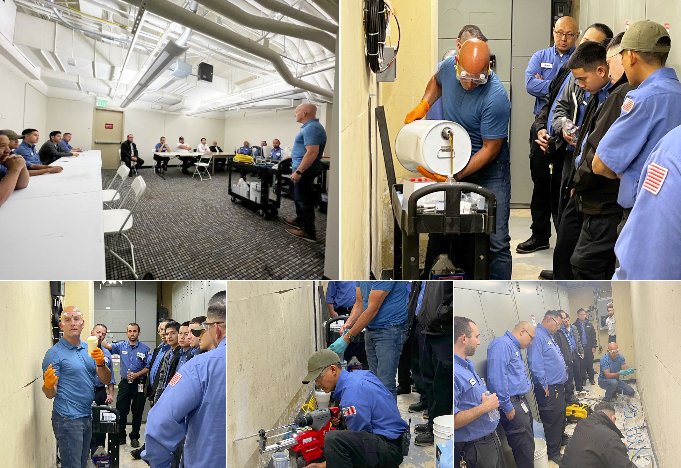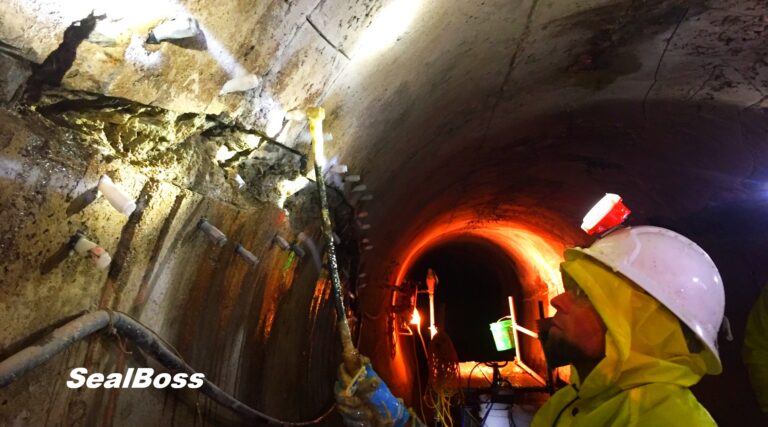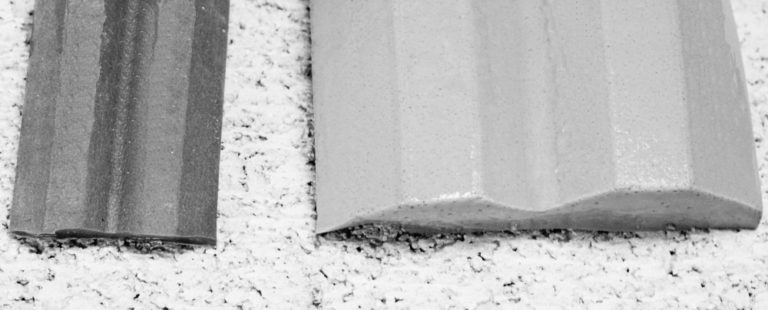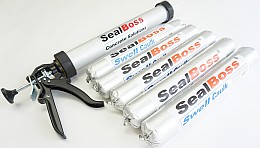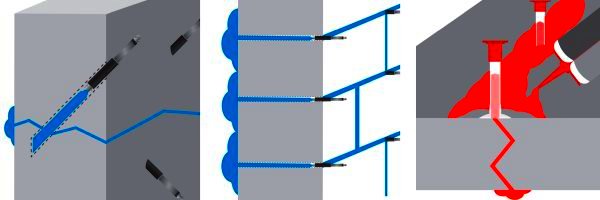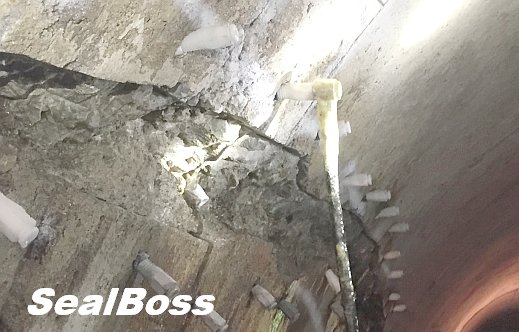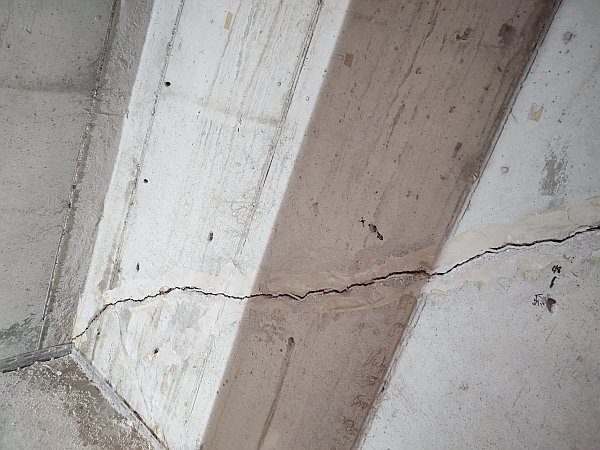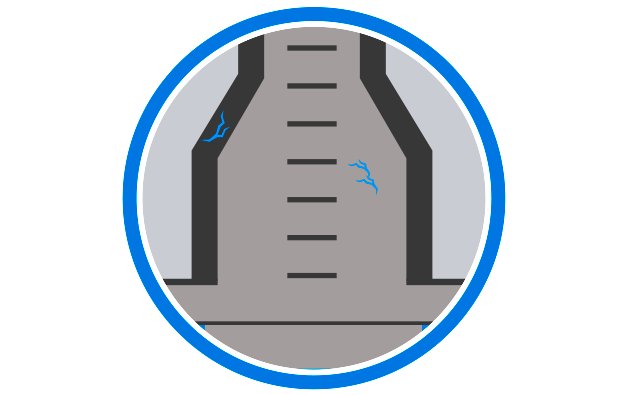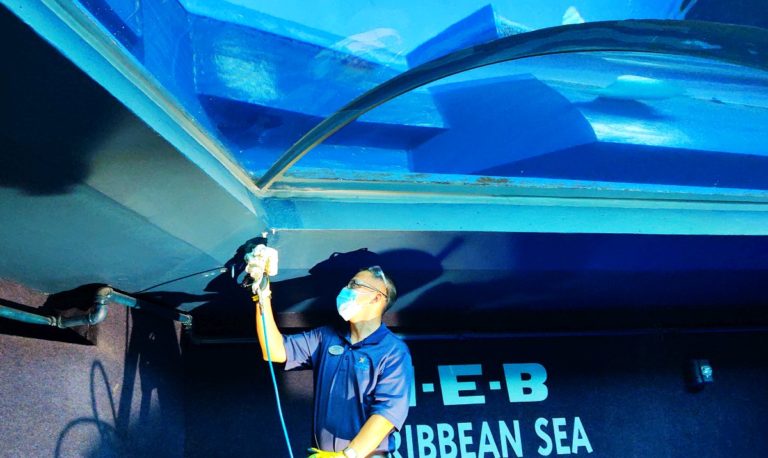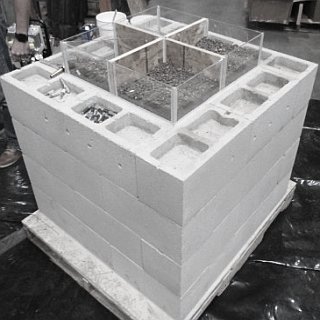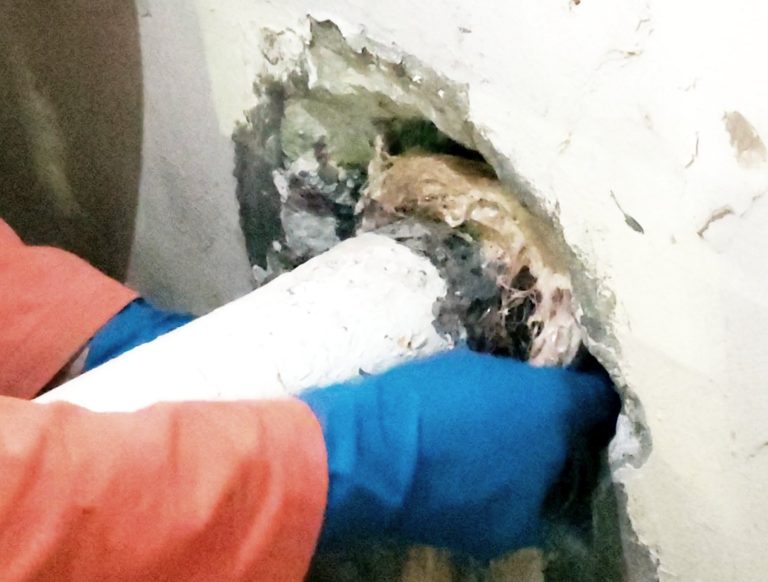Super Low Viscosity Epoxy Crack Healer & Sealer | SealBoss 4050 SLV
Super Low Viscosity Epoxy Crack Healer & Sealer
Epoxy Resin 4050 SLV
Play Video about ealBoss-4050-SLV-Super-Low-Viscosity-Epoxy-Adhesive-Bulk
SealBoss ® 4050 SLV Epoxy Grout Applications
- Structural Epoxy Crack Injection
- Gravity feed or pressure injection of fine cracks in structural concrete, masonry, rock, wood.
- Seal interior slabs and exterior above grade slabs
SealBoss 4050 SLV Epoxy Grout Resin – Super Low Viscosity Crack Healer & Sealer
SB 4050 SLV is a 2-component, 100 % solids, super low-viscosity, high-strength, low surface tension, moisture-tolerant, epoxy resin crack healer and deep penetrating sealer designed for high strength repairs, epoxy injection and epoxy crack injection in concrete substrates such as floors, ceilings, walls, foundations and more. SealBoss 4050 SLV is formulated for grouting both dry and damp cracks. 4050 SLV meets ASTM C-881 and AASHTO M-235 specifications.
Key Features:
- High Strength and Durability: Engineered for high-strength repairs, it is ideal for restoring the integrity of concrete structures
- Exceptional Penetration: Its low viscosity allows it to seep deeply into fine cracks, ensuring comprehensive healing and sealing
- Versatile Application: Suitable for use in a variety of concrete substrates including floors, ceilings, walls, foundations, and more
- Moisture Tolerance: Effectively grouts both dry and damp cracks, offering flexibility in diverse environmental conditions
- Low Surface Tension: Enhances the product’s ability to penetrate and bond to the concrete, providing long-lasting repairs
- Compliance with Standards: Meets the rigorous ASTM C-881 and AASHTO M-235 specifications, ensuring quality and reliability
Play Video about SealBoss 4050 SLV Super Low Viscosity Epoxy Dual Cartridge
SealBoss ® 4050 SLV Super Low Viscosity Epoxy Resin Advantages
- Easy mix ratio A:B = 2:1 by volume
- Advanced strong bonding structural resin
- Super Low viscosity – Low surface tension
- Stronger than concrete
SealBoss 4050 SLV is our super low viscosiy epoxy crack healer & sealer epoxy resin suitable for hairline crack epoxy injection jobs. We offer a comprehensive selection of epoxy injection equipment and accessories including professional epoxy injection pumps, injection ports, hoses and applicators.
For smaller jobs we provide epoxy resins and other professional grade products in dual cartridges as a convenient alternative to bulk products.
Inquire more about our systems when you call us here at SealBoss. Your representative will be happy to help you out.
For smaller jobs we provide epoxy resins and other professional grade products in dual cartridges as a convenient alternative to bulk products.
Inquire more about our systems when you call us here at SealBoss. Your representative will be happy to help you out.
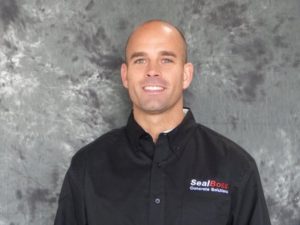
Chris Coderre
Regional Sales Manager
Contact Your SealBoss ® Technician





























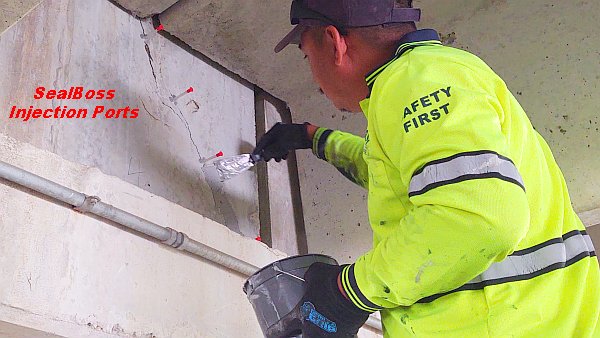
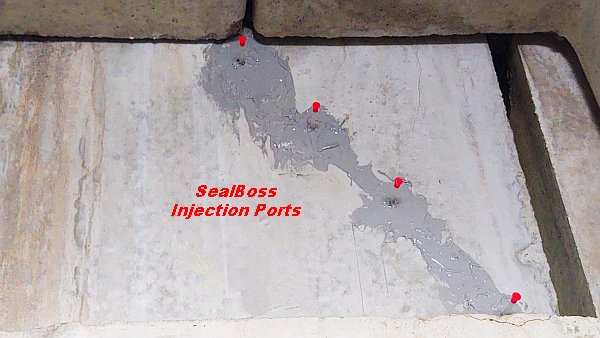
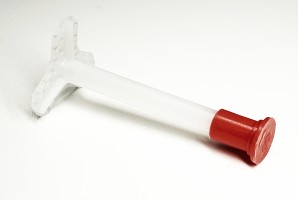
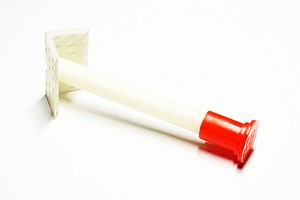
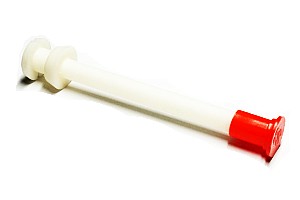

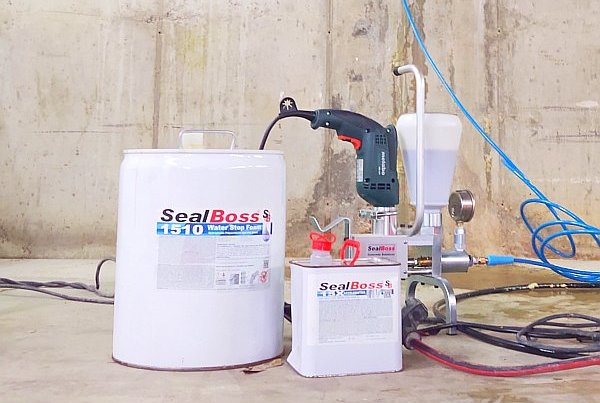
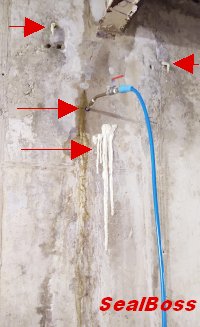 Injection of concrete parking structure in St. Louis, Missouri using the SealBoss Water Stop System
Injection of concrete parking structure in St. Louis, Missouri using the SealBoss Water Stop System